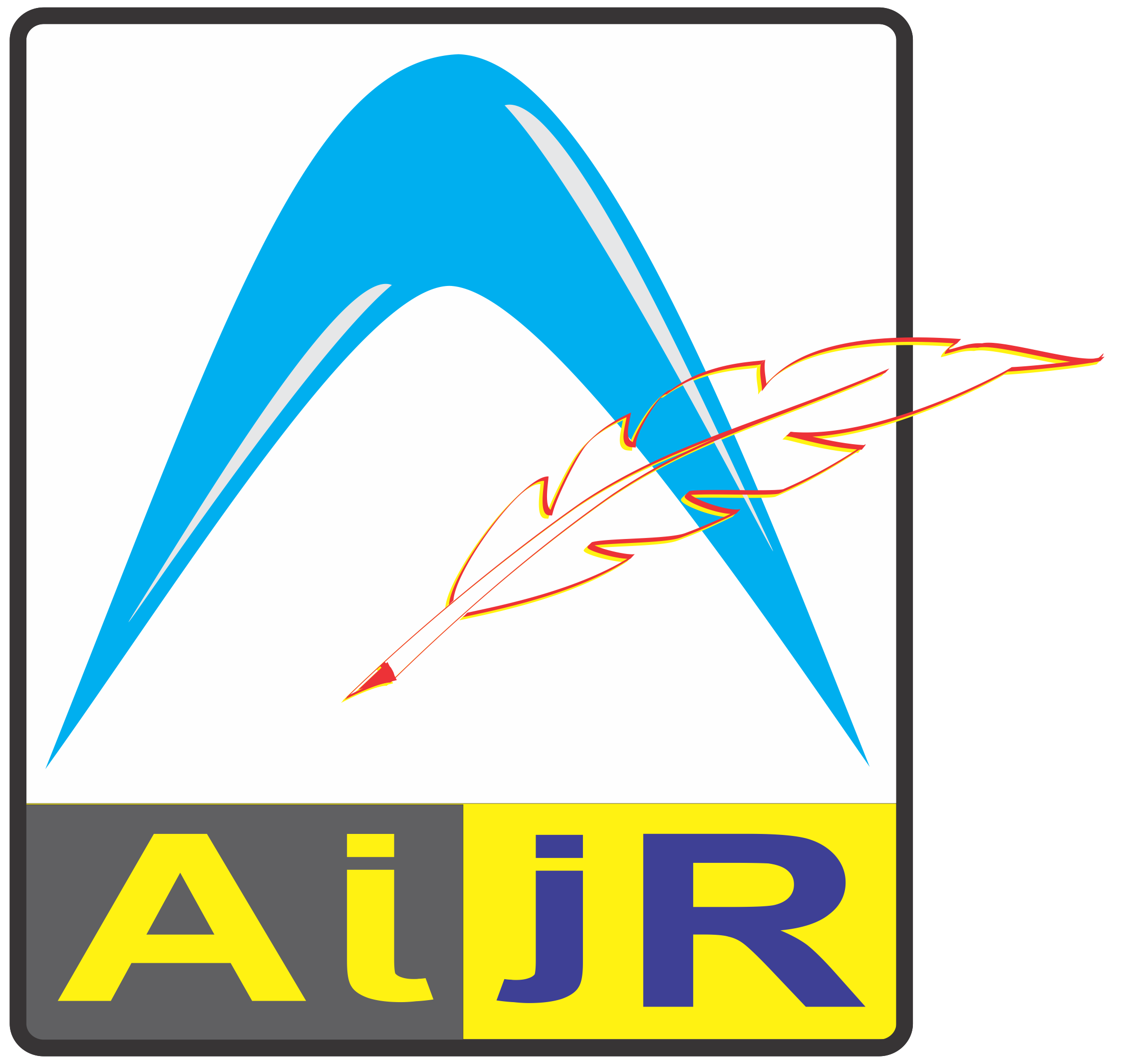Guest Post
Custom Decentralized App Development: Non-obvious Tips for Beginners and Beyond
441
The term “decentralized apps” (sometimes abbreviated “dApps”) refers to applications that are not centralized and are built on the blockchain. Additionally, Web3 apps are more potent because they have blockchain capabilities, while Web2 apps typically perform the same functions. You can learn custom decentralized app development as well as how to build a dApp. Developers create dApps and run them on P2P networks using smart contracts. Additionally, smart contracts are crucial components of the Web3 development environment, enabling the possibility for a higher level of creativity. If you are unfamiliar with Web3 contracts, it would be helpful to learn more about them.
Critical Features of Decentralized Apps
Before you know how to create a dApp, you need to know the features. You need to add them when you create decentralized applications.
- Open Source Entity: You should add this feature when you build dApp. A dApp is an open-source entity, meaning anyone may view the code that powers it. Anyone may understand the dApp’s functioning and the reasons behind it. One of the most important benefits of adopting a dApp is transparency.
- Decentralized Entity: It is another feature of building dApps. The project has no centralized authority or single point of failure because all contributions are made collectively by all participants on a blockchain. The goal is to establish a system where reliability, privacy, cost-effectiveness, and security for users who desire to utilize smart contracts and digital currencies function similarly to money in a traditional economy.
- Incentivized: Participant behavior determines whether a project is successful. For instance, network users that contribute to the platform are committed to the forum and receive rewards in the form of tokens. Everyone is more likely to join a project that is successful in the future, not just because they receive free digital tokens as rewards but also because they wish to gain similar advantages, such as more significant social capital and access to new markets.
Decentralized applications (dApps) have gained immense popularity in recent years, offering users increased security, transparency, and autonomy. If you’re eager to enter the exciting world of dApp development, this step-by-step guide will walk you through the process of building your own decentralized application.
Knowing your project inside and out is the first step in creating a decentralized app. You must be aware of the issue your app seeks to address and the method by which it intends to do so. It is also crucial to understand why your app requires a dApp rather than a traditional app. Cost estimation and market research are other tasks you must complete at this stage.
You must write a whitepaper to explain your project’s goals to investors once you fully know your dApp, its potential, and its opportunities. This paper will contain all the necessary data, graphics, and other pertinent information to persuade investors that your dApp idea will succeed. Additionally, ensure your whitepaper is informative and does not read like a sales pitch. Investors are more inclined to think it is a hoax if the idea is about marketing with no facts.
Initiating an Initial Coin Offering (ICO)
The cryptocurrency equivalent of a traditional Initial Public Offering (IPO) is called an Initial Coin Offering (ICO). It is a type of crowdfunding in which you can give investors tokens in exchange for their financial support of the project.
Programs called smart contracts connect dApps to the blockchain. Smart contracts are the portions of that code where you put the decentralized logic of your dApp. You need this code to upload your app to the decentralized platform. The smart contract needs to contain the instructions you want to run automatically. Once they are introduced to the network, smart contracts cannot be altered.
A decentralized application cannot be created without a visually appealing and engaging user interface. The differences between dApps and conventional apps should not be seen from the front. That is to say, a decentralized app’s user interface (UI) shouldn’t be much different from the apps that people typically use.
A server-based backend is required to create a decentralized software that lets users carry out many functions rather than only make transactions. The user data will be stored on the backend server because it won’t fit on a blockchain.
The smart contract cannot be changed when published on the blockchain, as previously mentioned. As a result, any flaws or problems that reach the mainnet won’t be able to be fixed. Therefore, thorough app testing is essential before the app is released.
This is the last step in building a dApp. Deploying your dApp involves adding it as the last step to the Google Play Store or the Apple App Store. A smart contract must also be added to the blockchain, and the backend portal must be switched to a live production environment.
Contact us for the guest posting of content that positions your organization as a leader in education & research.


